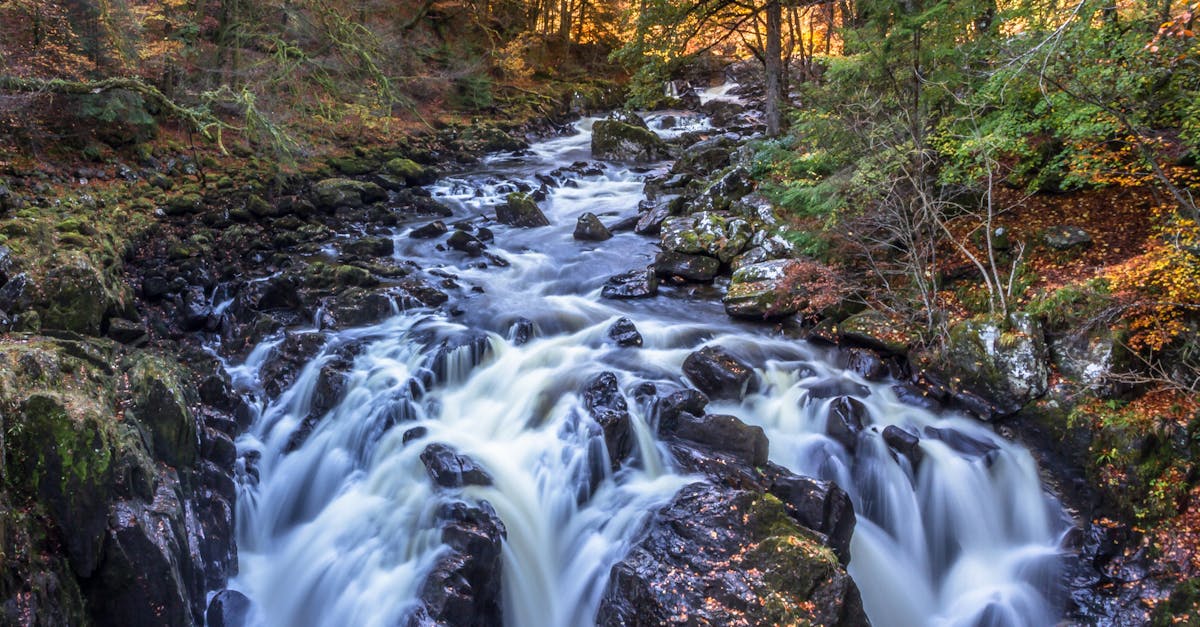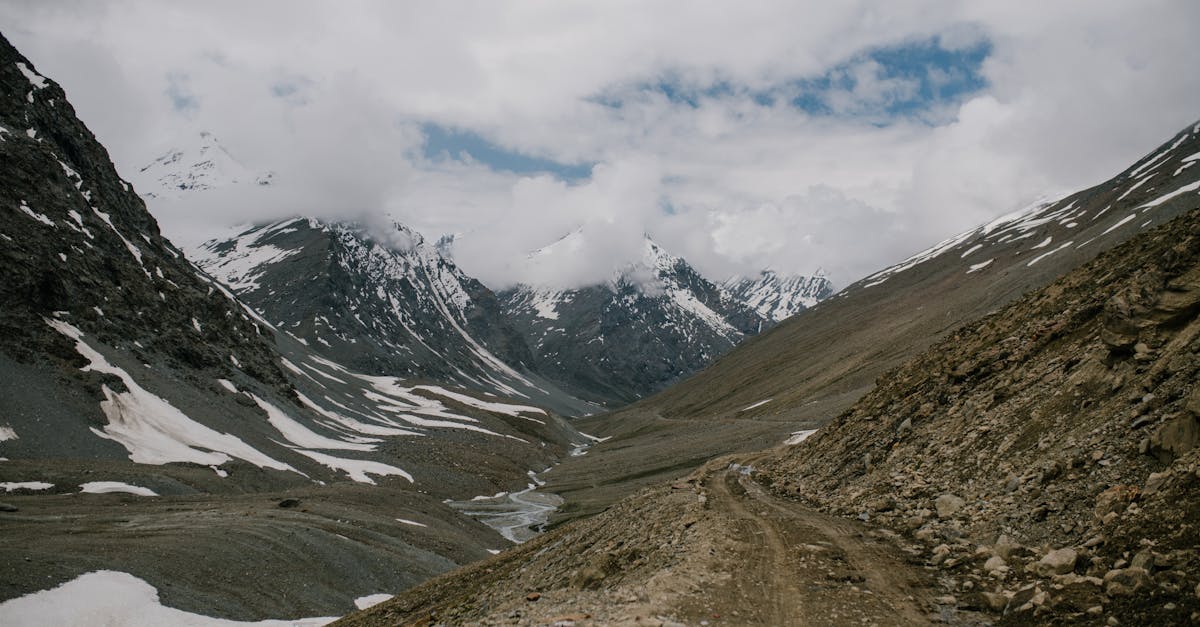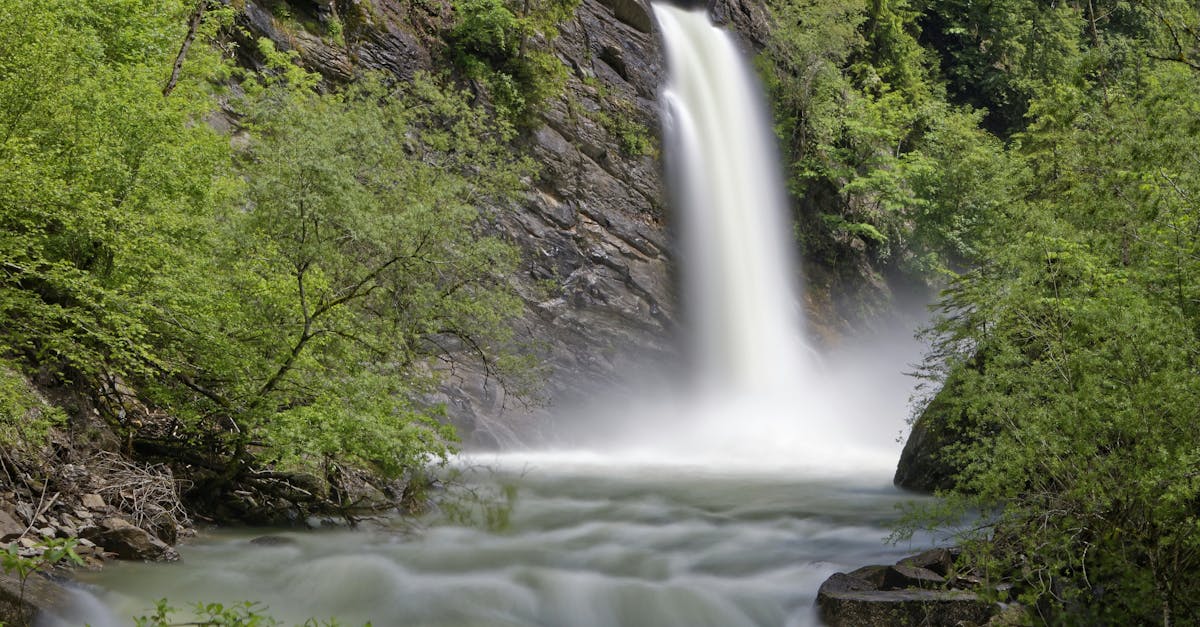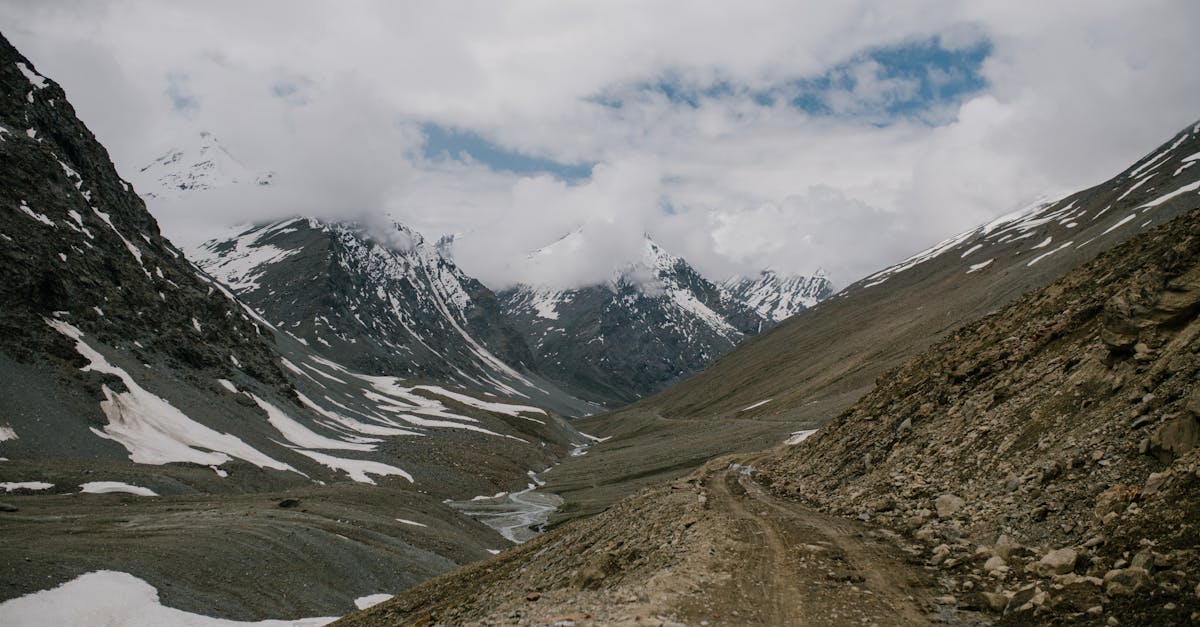Embark on thrilling adventures through untamed Alaskan wild rivers while prioritizing safety and responsible paddling practices. Discover essential tips and insights for navigating these majestic waterways with confidence and respect.
Planning your trip along Alaska’s wild rivers

Choosing Your Wild River Destination
Alaska is known for its stunning wild rivers that offer breathtaking views and exciting adventures for outdoor enthusiasts. When planning your trip, consider the type of experience you’re looking for. Do you prefer challenging whitewater rapids, serene meandering streams, or a mix of both? Research different rivers and their difficulty levels to find the best fit for your skills and interests.
Permits and Regulations
Before embarking on your Alaskan wild river adventure, make sure to obtain any necessary permits and familiarize yourself with local regulations. Some areas may have restrictions on camping, fires, and waste disposal to protect the pristine wilderness. Always follow Leave No Trace principles to minimize your impact on the environment and preserve these incredible natural spaces for future generations.
Essential Gear and Safety Precautions
Pack essential gear such as a reliable kayak or canoe, paddles, life jacket, navigation tools, first aid kit, and emergency supplies. Alaska’s remote rivers can present unpredictable conditions, so it’s crucial to be prepared for changing weather, cold water, and potential wildlife encounters. A satellite phone or personal locator beacon can be lifesaving in case of emergencies.
Wildlife Encounters and Conservation
Alaska is home to a diverse array of wildlife, including bears, moose, eagles, and salmon. Respect these animals’ habitat by keeping a safe distance, storing food securely, and avoiding actions that could disturb them. Take the opportunity to observe wildlife from a respectful distance and carry binoculars or a camera to capture these unique moments while adhering to wildlife conservation guidelines.
Navigating Remote Wilderness
Prepare for an off-the-grid experience as you navigate Alaska’s remote wilderness. Plan your route carefully, research potential hazards, and inform someone reliable about your itinerary. Be self-sufficient with food, water, and shelter, and be ready to adapt to unforeseen challenges. Travel with a sense of adventure and an open mind, embracing the solitude and beauty of Alaska’s untouched landscapes.
Embarking on a wild river trip in Alaska is a rewarding and unforgettable experience for outdoor enthusiasts seeking adventure and connection with nature. By planning carefully, respecting the environment and wildlife, and prioritizing safety, you can make the most of your journey along Alaska’s wild rivers. Prepare to be amazed by the untouched beauty and rugged wilderness that await you on these untamed waterways.
Gear and equipment essentials for a safe paddle

Being Prepared for Alaskan Wild Rivers
Exploring the untamed beauty of Alaska’s wild rivers is an exhilarating adventure, but it comes with its own set of challenges. Proper gear and equipment are essential to ensure a safe and enjoyable paddling experience in these remote and rugged environments.
Essential Gear Checklist
- Kayak or Canoe: Choose a sturdy and reliable vessel designed for whitewater conditions and capable of carrying your gear.
- Paddle: Opt for a high-quality paddle that is lightweight yet durable, with adjustable features for comfort and efficiency.
- Personal Flotation Device (PFD): Wear a Coast Guard-approved PFD at all times on the water to stay safe in case of unexpected emergencies.
- Spray Skirt: Invest in a spray skirt to keep water out of your kayak or canoe, especially in turbulent river conditions.
- Helmet: Protect your head with a helmet designed for paddling to reduce the risk of injury from rocks or other obstacles in the river.
- River Shoes: Wear sturdy river shoes with good traction to navigate slippery rocks and uneven terrain when launching or landing.
- Dry Bags: Use waterproof dry bags to store your clothing, food, and camping gear to keep them dry and secure during your trip.
- Navigation Tools: Bring a map, compass, and GPS device to help you stay on course and navigate through the maze of rivers and channels.
Safety Essentials
When paddling on Alaskan wild rivers, safety should always be a top priority. In addition to the essential gear mentioned above, consider the following safety essentials:
- First Aid Kit: Pack a well-stocked first aid kit with supplies to treat common paddling injuries, cuts, and bruises.
- Emergency Whistle: Carry a whistle attached to your PFD to signal for help in case of an emergency or if you get separated from your group.
- Knife or Multi-Tool: Keep a sharp knife or multi-tool accessible for cutting rope, repairing gear, or other emergency situations.
- Emergency Shelter: Bring a lightweight emergency shelter, such as a bivy sack or space blanket, in case you need to spend an unexpected night outdoors.
- Communication Device: Consider bringing a satellite phone or emergency beacon for communication in remote areas without cell service.
- Fire Starter: Pack waterproof matches, a lighter, or fire starter kit to quickly build a fire for warmth or signaling for help.
By preparing and equipping yourself with the necessary gear and safety essentials, you can embark on a paddling journey through Alaskan wild rivers with confidence and peace of mind. Remember to respect the wilderness, practice Leave No Trace principles, and always prioritize safety to make the most of this unforgettable adventure.
Understanding the risks associated with wild river paddling

The Allure of Alaskan Wild Rivers
Alaska’s wild rivers offer a thrilling playground for adventurous paddlers seeking untamed waters and untouched landscapes. However, navigating these remote waterways comes with inherent risks that demand preparation, skill, and respect for nature.
Understanding the Power of Nature
Alaskan wild rivers are characterized by swift currents, unpredictable weather conditions, and challenging navigational obstacles such as logjams and sweepers. Paddlers must be acutely aware of the raw power of nature and its ability to swiftly change the dynamics of a river environment.
Assessing the Risks
Before embarking on a wild river paddling adventure in Alaska, it is essential to assess the risks involved. Factors such as cold water temperatures, isolation, limited access to emergency services, and wildlife encounters all contribute to the level of danger paddlers may face.
Essential Safety Precautions
To mitigate risks while paddling Alaskan wild rivers, paddlers should prioritize safety precautions. Wearing appropriate personal flotation devices, packing essential survival gear, informing others of your itinerary, and acquiring basic swiftwater rescue skills are critical steps to take before setting out on the water.
Environmental Responsibility
Respecting the delicate ecosystems of Alaskan wild rivers is paramount to preserving these pristine environments for future generations. Paddlers should adhere to Leave No Trace principles, avoid disturbing wildlife, and minimize their impact on the natural surroundings.
Paddling Alaskan wild rivers is a deeply rewarding experience that allows adventurers to connect with the raw beauty of nature. By understanding the risks involved, prioritizing safety, and practicing environmental responsibility, paddlers can safely explore these remote waterways while embracing the spirit of adventure and discovery.
Navigating wildlife encounters while on the water
Preparing for Wildlife Encounters on Alaskan Wild Rivers
Navigating the untamed waters of Alaskan wild rivers offers a thrilling and immersive experience in the heart of nature’s wilderness. As you embark on your paddling adventure, it is essential to be well-prepared for potential wildlife encounters. Here are some key tips to ensure a safe and respectful interaction with the wildlife inhabiting these wild landscapes:
– Familiarize yourself with the species: Alaskan rivers are home to a diverse range of wildlife, including bears, moose, eagles, and salmon. Researching the behavior patterns of these animals will help you understand how to coexist peacefully in their habitat.
– Pack bear deterrents: Bears are commonly encountered along Alaskan rivers. Carrying bear spray, noise-making devices, and storing food properly are crucial precautions to prevent bear incidents.
– Respect wildlife from a distance: While it may be tempting to get close for the perfect photo, it is important to maintain a safe distance from wildlife to avoid disturbing their natural behaviors.
Etiquette Guidelines for Wildlife Encounters
When navigating Alaskan wild rivers, following etiquette guidelines for wildlife encounters is paramount in ensuring the safety of both humans and animals. Here are some recommended practices to uphold while enjoying the natural wonders of Alaska:
– Minimize noise pollution: Excessive noise can disrupt wildlife and cause unnecessary stress. Keep conversations hushed and avoid sudden loud noises to maintain a tranquil environment.
– Dispose of waste responsibly: Properly dispose of trash and food scraps in designated areas to prevent wildlife from becoming habituated to human food sources, which can lead to dangerous interactions in the future.
– Yield the right of way: When encountering wildlife on the water or along the riverbanks, give them space and allow them to move freely without feeling threatened by human presence.
Handling Unexpected Wildlife Encounters
Despite thorough preparations and adherence to etiquette guidelines, unexpected wildlife encounters may still occur while navigating Alaskan wild rivers. In such situations, it is important to remain calm and follow these steps:
– Keep a safe distance: If you come across wildlife at close range, avoid approaching them and give them space to retreat. Back away slowly while maintaining eye contact to demonstrate that you are not a threat.
– Stay alert and vigilant: Be aware of your surroundings at all times and watch for any signs of wildlife presence, such as rustling bushes or animal calls.
– Seek help if needed: In the event of a potentially dangerous encounter with wildlife, alert authorities or experienced guides for assistance and follow their instructions to ensure a safe outcome.
By adopting a proactive and respectful approach towards wildlife encounters on Alaskan wild rivers, you can enhance your paddling experience while promoting the conservation of these precious natural habitats. Remember to cherish these moments of connection with nature and leave only footprints behind as you explore the breathtaking beauty of Alaska’s untouched wilderness.
Leave No Trace principles for responsible river paddling
Respecting the Wilderness: Alaskan Wild Rivers
Alaska’s wild rivers offer unparalleled beauty and adventure for paddling enthusiasts.
One must paddle responsibly to preserve these pristine landscapes for future generations.
Here are some key principles to follow when navigating Alaska’s remote waterways:
Plan Ahead and Prepare
– Research the river you plan to paddle.
– Check weather conditions and water levels.
– Pack essential gear, including safety equipment and extra supplies.
– Obtain necessary permits and follow regulations.
Travel and Camp on Durable Surfaces
– Choose established campsites to minimize impact.
– Camp at least 200 feet away from water bodies.
– Use designated fire rings or camp stoves for cooking.
– Leave the campsite better than you found it.
Dispose of Waste Properly
– Pack out all trash, including food scraps and toilet paper.
– Use biodegradable soap at least 200 feet away from water sources.
– Follow “Leave No Trace” principles for waste disposal.
– Respect wildlife by not feeding them or leaving food unattended.
Leave What You Find
– Avoid picking plants or disturbing wildlife.
– Leave natural and cultural artifacts untouched.
– Take only photographs, memories, and the impact of your footsteps.
Minimize Campfire Impact
– Use established fire rings or camp stoves for cooking.
– Keep fires small and controlled.
– Use dead and downed wood for fires.
– Fully extinguish fires before leaving the campsite.
Be Considerate of Other Visitors
– Respect quiet hours and privacy of other paddlers.
– Yield the right of way to wildlife.
– Share the waterway and campgrounds with courtesy.
– Be mindful of noise levels and the natural surroundings.
By following these “Leave No Trace” principles, paddlers can enjoy the beauty of Alaska’s wild rivers while preserving their integrity for future generations.
Emergency preparedness on remote Alaskan waterways
Understanding the Risks
When embarking on a journey down the wild rivers of Alaska, it’s crucial to be aware of the potential risks that come with such remote and untamed environments. From unpredictable weather conditions to encounters with wildlife, being prepared for the unexpected is key to a successful and safe expedition.
Essential Gear and Supplies
Packing the right gear and supplies can make all the difference in emergencies. Here are some essential items to have on hand:
– Personal flotation devices (PFDs) for all members of your party
– Emergency signaling devices such as whistles, flares, or signaling mirrors
– Waterproof matches and lighters
– First aid kit with supplies for treating injuries and common ailments
– Emergency shelter such as a lightweight tent or space blanket
– Ample supply of food and water
– Navigation tools like maps, compasses, and GPS devices
Communication and Trip Planning
Before setting out on your wild river adventure, make sure to inform someone of your trip plan. This includes details on your intended route, expected return date, and emergency contacts. Consider investing in a satellite phone or personal locator beacon (PLB) for communication in areas with limited cell service.
Navigation and Route Awareness
Navigating remote Alaskan waterways requires a good understanding of the terrain and potential hazards. Study maps and guidebooks, and familiarize yourself with common river features such as rapids, eddies, and sweepers. Stay alert and be prepared to adjust your route based on changing conditions.
Emergency Response Protocols
In the event of an emergency, it’s important to stay calm and assess the situation rationally. Here are some key protocols to follow:
– Signal for help using your emergency devices
– Administer first aid to any injured parties
– Establish a safe area to wait for rescuers
– Stay together as a group to avoid getting separated
Environmental Stewardship
Respect for the pristine wilderness of Alaska is paramount when exploring its wild rivers. Practice Leave No Trace principles by minimizing your impact on the environment, disposing of waste responsibly, and avoiding disturbing wildlife. By being a conscientious steward of the land, you contribute to the preservation of these natural wonders for future generations.
